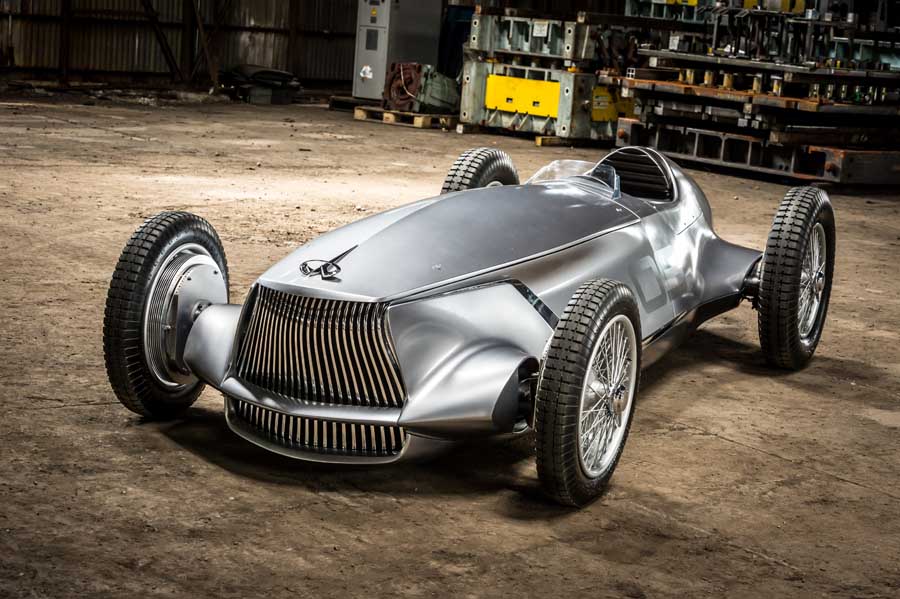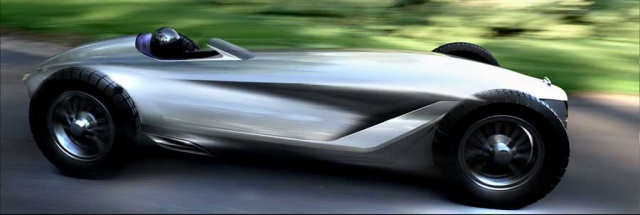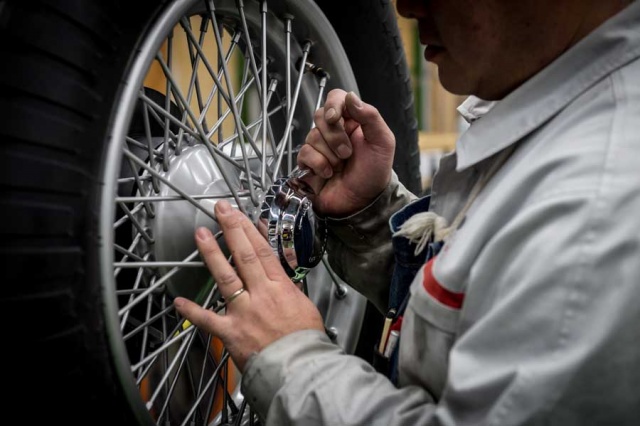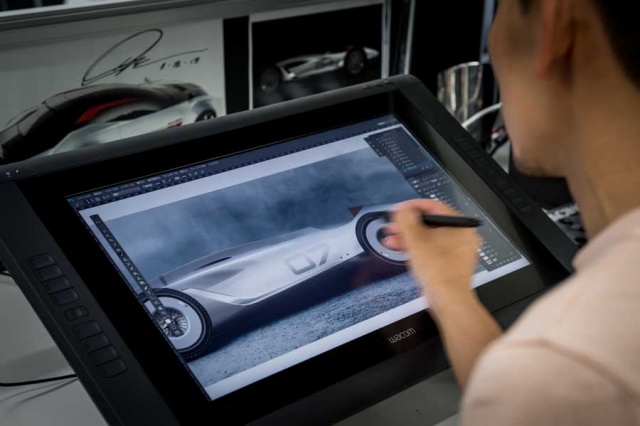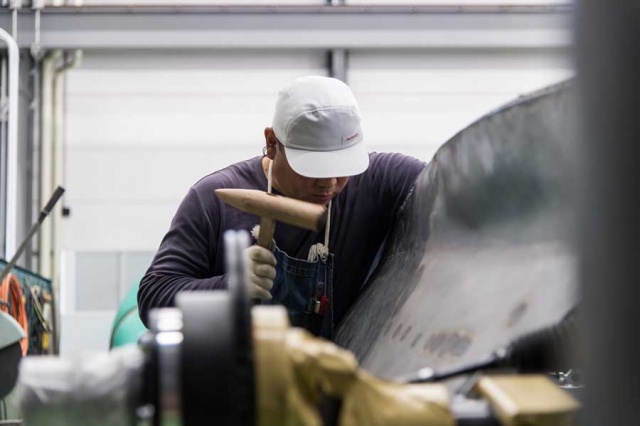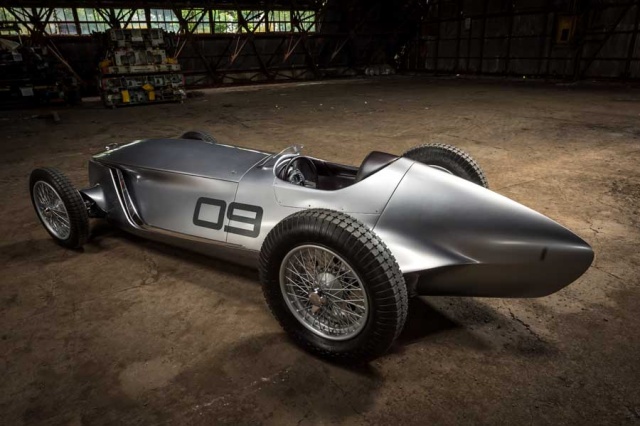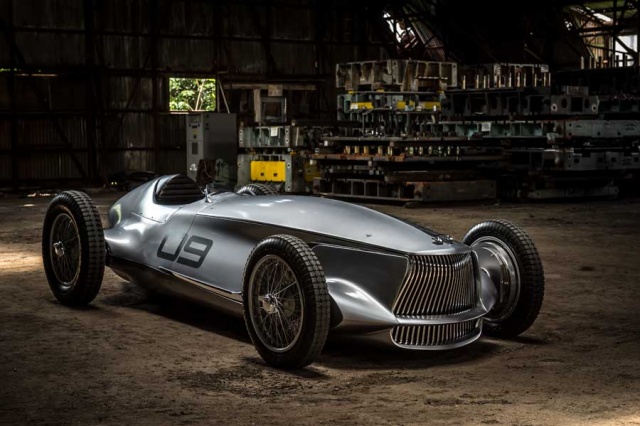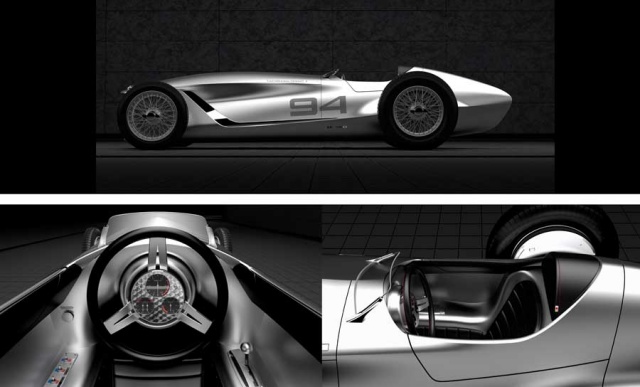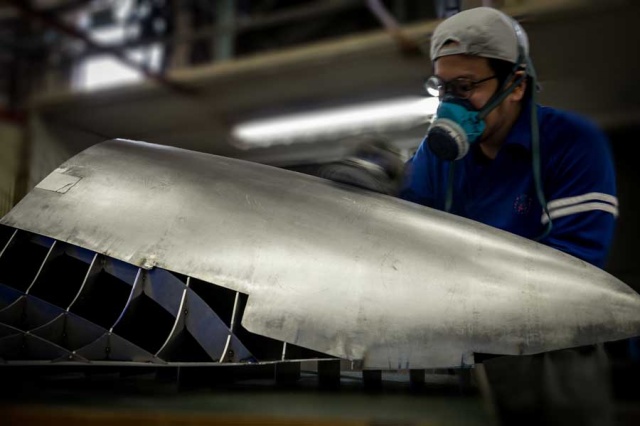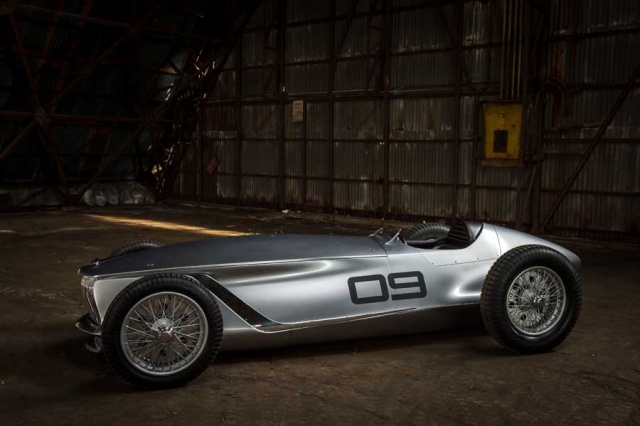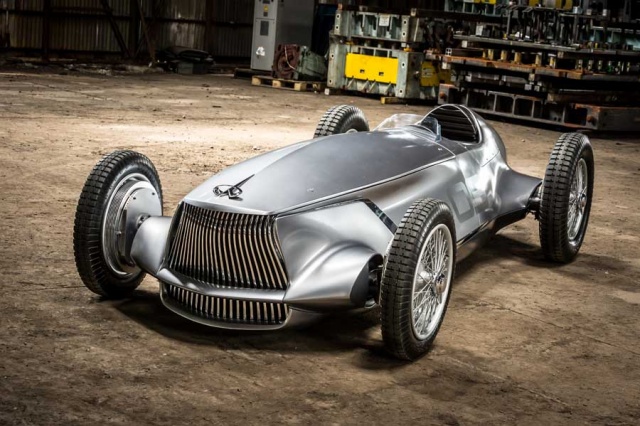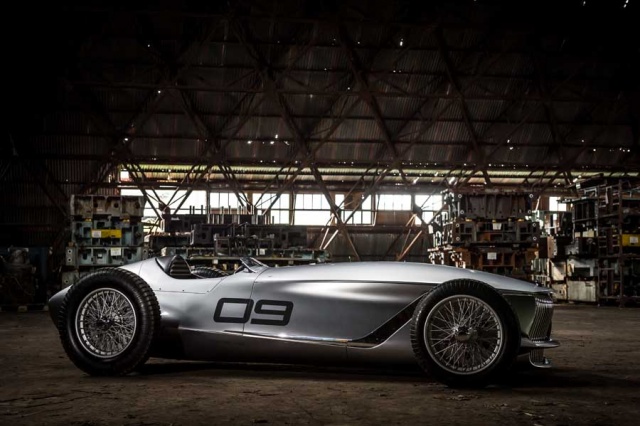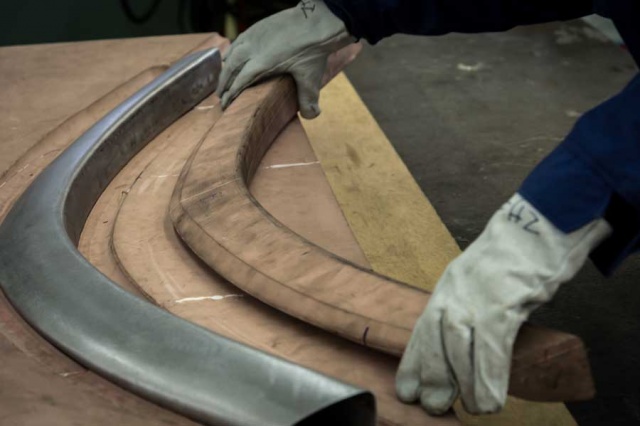What's the news?
No, it's not a Mercedes W125. Nor an Auto Union Type-C. It's not Raymond Mays' White Riley, nor an ERA, nor a Delage. It's none of those, but kind of a tribute to all of them - it's the Infiniti Prototype 9.
Created for this year's Pebble Beach Concours D'Elegance event, the Prototype 9 began as a simple sketch by Alfonso Albaisa, Infiniti's head of design. Never designed to be more than that, the sketch was seen by colleagues and the idea of creating a fully-built version spread like wildfire through the company. Once senior staff got their hands on it, all the go buttons were pushed.
"We discussed the idea of 'chancing' upon an unrecognised race car, hidden away for decades in a barn, deep in the Japanese countryside. We wanted to explore what this looked like, what it would have been made of. Open-wheeled racers of the age were beautiful machines, elegant and powerful and with a wonderful purity of purpose. It's an automotive fantasy, but the notion captured our imaginations enough to put pencil to paper" said Albaisa.
"What started as an after-hours idea grew into a fully-fledged prototype; our designers and engineers were excited by the notion of creating a past vision, a nod to our origins. They volunteered their own time, more and more staff became involved. Our teams have proven skills in manufacturing, engineering, design and advanced powertrains, yet they wanted to bring their own traditional craftsmanship to the project. They made Prototype 9 a reality, a result of their ingenuity - they recognised and realised the past, powered by a future-centric electric powertrain at its heart. Prototype 9 blends modern technology and hand-crafted details paying tribute to the forebears of Infiniti" said Roland Krueger, Chairman and Global President of Infiniti.
Prototype 9 is also inspired by the Prince R380, which will also put in an appearance at Pebble Beach this year. Built in the 1960s by Prince, which eventually became part of Nissan (and therefore is distantly related to modern-day Infiniti) the R380 broke several land speed records in 1965 before taking overall victory at the 1966 Japanese Grand Prix at Fuji Speedway. Infiniti reckons Prince Motor Company to be Japan's original builder of premium automobiles, and its legacy can be traced to Infiniti Motor Company and its current model line. The R380 in Pebble Beach is the actual Japanese Grand Prix-winning car, believed to be the only surviving R380. "We like to think that Infiniti, with its stunning design, high performance capability and forward-looking technology, shares some DNA with the Prince Motor Company, which became part of Nissan. Prototype 9 is a celebration of the artistry and ingenuity inherent in our company" says Albaisa.
Designed at the Infiniti Design Studio in Atsugi, and built in a skunkworks near Hiroshima by a team of 'Takumi' engineers (the Japanese word for a master craftsman), the Project 9 is, unusually, all-steel - steel panels hung over a separate steel ladder-frame chassis, just as a 1930s racer would have been. Even the tyres, wrapped around 19-inch centre-lock wire wheels, are proper period-correct cross-plys.
While the cockpit is sparse, Infiniti wanted to bring together two Japanese approaches to craftsmanship - 'mitate' (pronounced "mee-ta-teh") and 'shitate' ("shee-ta-teh"). 'Mitate' relates to the practice of curating and bringing together the best possible selection of materials. 'Shitate' is the desire to tailor the chosen combination of materials, bringing out their best characteristics.
So there's plain black leather with red stitching, instruments built into a central fixed hub around which the wheel rotates, and subtle Japanese flags stitched into the materials. The finish on the fascia was achieved by hand, 'turning' aluminium shavings into the fascia with the end of a cork.
For those hoping for an appropriate engine, though, you're going to be disappointed. There's no V16 nor straight-eight under that vast bonnet. Instead, there's a 30 kWh high-voltage battery paired with a prototype electric motor, one not yet seen on a production vehicle. The motor produces 120kW (148hp) and 320Nm of torque and driving the rear wheels, via single-speed transmission. Prototype 9 has a top speed of 170km/h and sprints from 0-to-100km/h in 5.5 seconds, with a maximum EV range of 20 minutes under heavy track use. "While the essence of the Infiniti Prototype 9 is rooted in the past, it runs on a next-generation EV powertrain which looks squarely to the future. It is an excellent example of the ingenuity, craftsmanship and entrepreneurism that characterises the teams across our company. Prototype 9 comes to life as a dynamic, drivable prototype vehicle at Pebble Beach" said Krueger.

